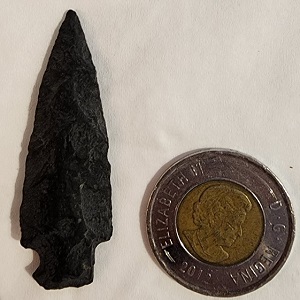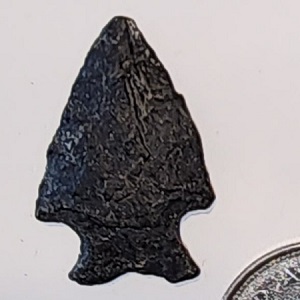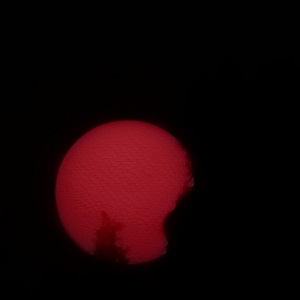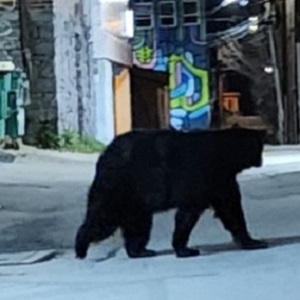Listening to Radiolab, much fodder for the imagination. Like Benford's Law. For those not familiar, it basically states that "in lists of numbers from many (but not all) real-life sources of data, the leading digit is distributed in a specific, non-uniform way. According to this law, the first digit is 1 almost one third of the time, and larger digits occur as the leading digit with lower and lower frequency, to the point where 9 as a first digit occurs less than one time in twenty. This distribution of first digits arises logically whenever a set of values is distributed logarithmically."
Or, more precisely: "Benford's law states that the leading digit d (d ∈ {1, …, b − 1} ) in base b (b ≥ 2) occurs with probability:"
![]()
Source: Wikipedia
Now this is intriguing. It can be explained to some extent and in some instances by mechanisms of growth (eg: fibonocci sequence), or in other word most systems & organisms "grow" and so when measured exhibit typical growth patterns (eg: cities - addresses grow out from center, hence disproportionate number of addresses beginning with a 1..). But note the qualifier - that to some extent and in some instances. There are apparently as well instances of data that conform to Bedford's law yet in no ways could be considered "alive" or "organic". Which is curious.
And, to add to the curiosity, in the same program (radiolab, numbers), the point is raised that while the recognition of numbers is an ability we are all born with, it's not the observation of linear numbers and quantity as we know it, rather instead a logarithmic means of counting - meaning that a child will recognize double and quadruple amounts more readily and primitive tribes who have not developed the same perspective we have, if asked to choose the midway point between 1 and 9, for example, would choose 3, whereas we - by training and force of habit - would choose 5.
Which is very curious indeed. I've explained it poorly, but listen to the radiolab program to hear it explained more in depth and in a much more interesting fashion...





















